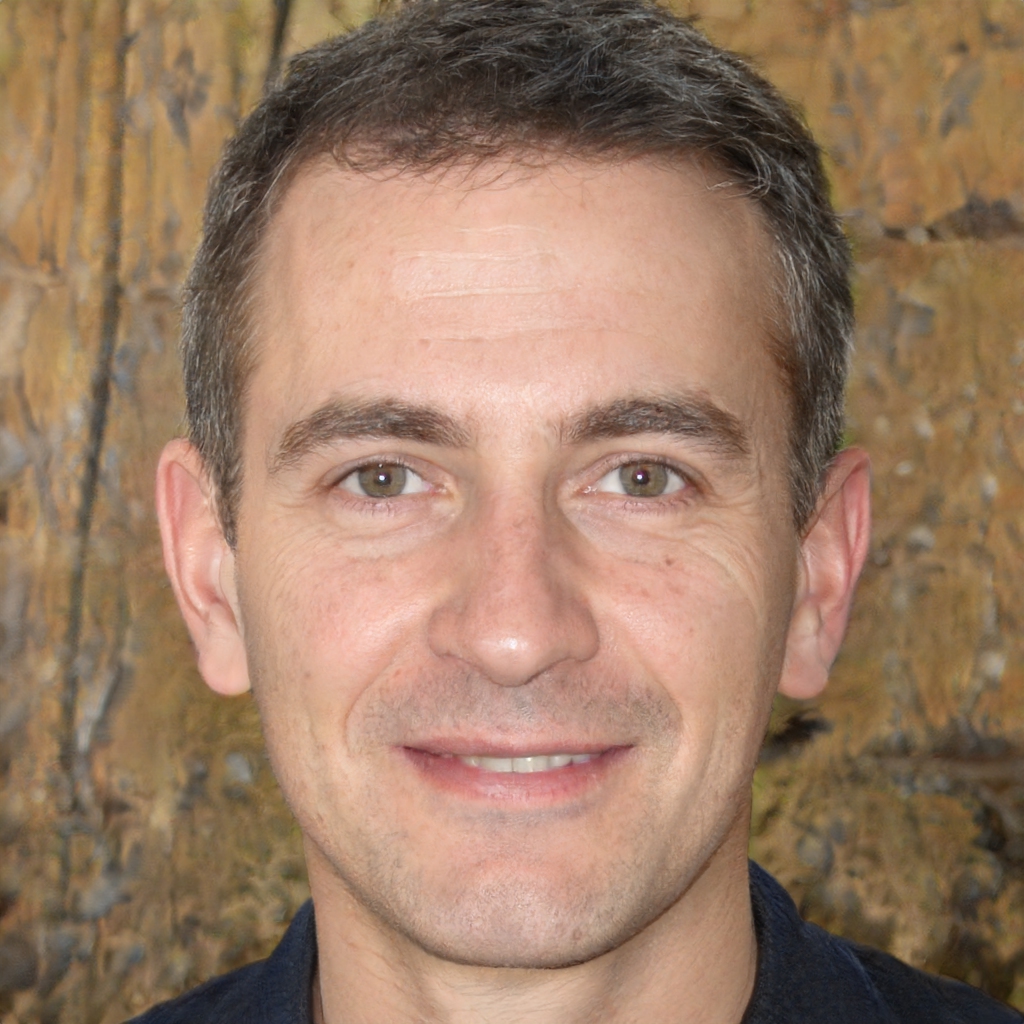This is a new state of matter, hypothesized. What we know about the time crystal observed by the highly advanced Google processor.
Scientists at Google have observed an artifact with a futuristic name: a time crystal. And they did it with an equally advanced piece of equipment: a quantum computer.
What are temporal crystals
They are a new "phase of matter" that has been theorized for a few years by some researchers. They are not solids, liquids, gases, crystals, etc.
To clarify this further we need to take a step back to the second law of thermodynamics, which states that systems naturally tend toward thermal equilibrium, that is, less useful and more random states.
To give an example, if we pour coffee into a cup of milk, the former will initially be at the top of the liquid in the container. Over time, however, it will dissolve throughout the milk, reaching a "system equilibrium" and distributing itself randomly within the milk.
From this point of view, temporal crystals are an exception, because they fail to settle into a thermal equilibrium. In other words, they don't degenerate into randomness but go back and forth between two configurations in a process that can go on forever.
What is a quantum computer and what is it used for in the experiment
Through Google's quantum processor, scientists were able to replicate a "quantum mechanical system" comparable to a certain amount of coins in a box. According to the second law of thermodynamics, by shaking the box, the coins should have been arranged randomly: the expectation is to find about half of them with their heads up and about half with the cross visible.
Thanks to Google's processor, however, the researchers applied a number of specific quantum operations, which can change the state of the qubits (i.e., in our example, the coins). It's at this point that the "time crystals" defy all expectations: the system, after a certain number of operations, or shakes, reveals a configuration of qubits that isn't random, but rather looks similar to the original setup.
"The first ingredient that makes up a time crystal is that it remembers what it was doing initially. It doesn't forget," says one of the authors of the study. In fact, if we had done this experiment live, the arrangement of the coins would have been random: "Not in a time crystal system."
Those who follow technology news with some assiduity will know that not all of Google's experiments are successful: it's no mystery that Google's app graveyard is extensive. Some of Big Tech's failed experiments have even become a "cult", hence the Internet Archive's decision to save Google+ (Google's social network).
Giuseppe Giordano
